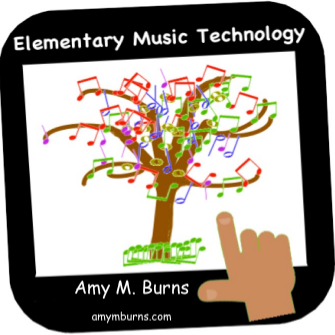Decoding the Characters’ Names
Inspired by Cameron Moten’s Elementary Groove Tracks, where he uses words for rhythm patterns and he repeats a phrase numerous times before moving on to another phrase, I decided to use the characters’ names for rhythm patterns and repeat them multiple times before moving on. The result was an Encanto Medley Rhythm Play-Along.
When choosing the songs, I looked no further than my living room. I listened to my daughters belt out, “We Don’t Talk About Bruno” to “Surface Pressure”. When I asked them to sing more, they were happy to oblige. From listening to them more, I added, “Family Madrigal” and “What Else Can I Do”. I wanted one more song and chose the upbeat, “Columbia, Mi Encanto” because I felt it completed the medley beautifully.
Similarities to the Music from In The Heights
I first heard of Lin-Manuel Miranda when I went to Broadway in March of 2008 to see his freshman musical, “In the Heights”. I loved it. I saw it with the understudy playing Usnavi, Javier Muñoz. Javier was amazing (and he went to understudy and eventually play the lead role in “Hamilton”). I came back to see it again with Lin-Manuel Miranda playing Usnavi. From there, I must have listened to the soundtrack over 1000 times. When I now listen to Encanto, I hear so much from “In the Heights”. When they sing “Isabela” in Family Madrigal, I feel like I am hearing “Vanessa” from In the Heights. There are more similarities I hear each time I listen. It reminds me how much I enjoy Lin-Manuel Miranda’s songs and arrangements.
Rhythm Play-Along
My younger students will use the manipulatives to recognize, read, and perform the rhythm patterns. My older students will be given the names to see how they decode the rhythm patterns. Then, they will find their favorite instrument and perform it with the video.
This medley includes five songs from Encanto. It uses the rhythms of quarter and eighth notes and quarter rests, as well as repeat signs because many times the rhythms reflect the microbeat and not the macrobeat. Therefore, it can be a bit challenging to perform. However, with some preparation and practice, it can be achieved.
Enjoy the rhythm play-along and come back for the body percussion and manipulatives in the next couple of weeks.





















